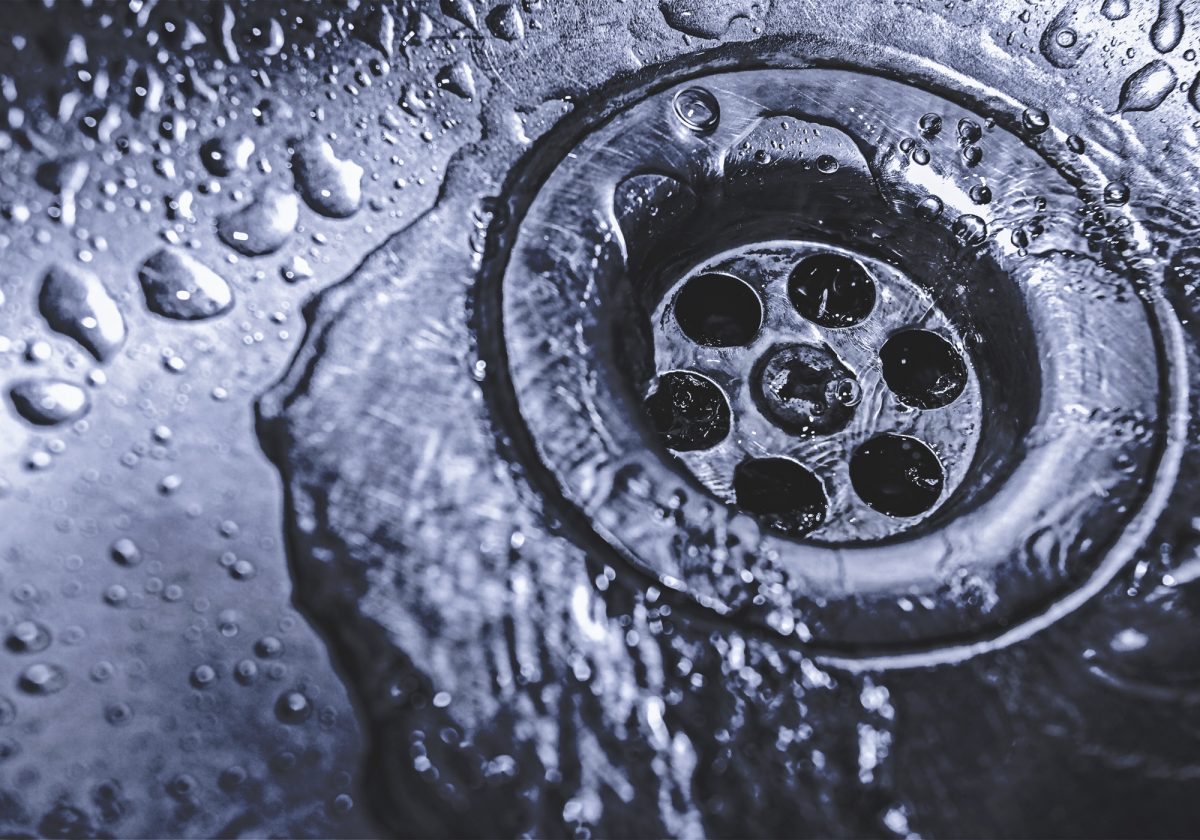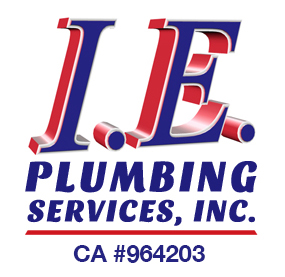
Clogged kitchen drains are a common and frustrating problem that can disrupt daily routines and potentially lead to costly repairs. Understanding the root causes of kitchen drain clogs can help you avoid them or address them more effectively. While some solutions may seem simple enough for a quick DIY fix, many clogs require the expertise of professional plumbers to prevent damage and future blockages.
Common Causes of Kitchen Drain Clogs
- Food Debris One of the most common causes of kitchen drain clogs is food debris. As small food particles accumulate over time, they begin to form blockages that restrict water flow. Even with a garbage disposal, some types of food—such as starchy items like rice and pasta—can expand with water and create significant clogs.
- Grease and Oils Grease and cooking oils are notorious for causing stubborn clogs in kitchen drains. When hot grease is poured down the drain, it cools and solidifies, adhering to the pipes and eventually leading to a blockage. This buildup often attracts other debris, compounding the clog and making it more difficult to remove. Learn more about how grease affects your plumbing.
- Soap Scum Soap may not seem like a culprit in kitchen drains, but it can contribute to clogging when mixed with other substances like grease or food particles.
- Coffee Grounds Many people pour coffee grounds down the sink, not realizing that they are one of the top culprits of stubborn kitchen drain clogs. Instead of washing them down the drain, consider disposing of coffee grounds in the trash or compost.
- Fibrous Foods Foods like celery, potato peels, and onion skins tend to get tangled up in the disposal or drain. When these fibrous strands get caught, they can create a net that traps other particles, gradually leading to a severe blockage.
- Eggshells and Bones Although it may seem convenient to toss eggshells and small bones down the sink, these hard materials can damage garbage disposals and create clogs. They break into tiny particles that settle in the pipes and cause obstructions over time.
- Small Foreign Objects Kitchen drains can sometimes clog due to small objects that fall in accidentally, such as pieces of plastic, twist ties, or even bottle caps. These items can become lodged in the drain and trap food particles, creating a larger clog.
Signs Your Kitchen Drain May Be Clogged
Identifying early signs of a clog can help you address the issue before it becomes a full-blown blockage:
- Slow Draining: If water is slow to drain after washing dishes or running the disposal, it’s a good indicator that a clog is forming.
- Foul Odors: Decomposing food trapped in the drain often creates an unpleasant smell, which may be a sign of a clog further down the pipe.
- Gurgling Sounds: When a clog forms, water may not be able to flow smoothly through the pipes, causing air bubbles and a gurgling noise.
DIY Solutions for Minor Clogs
While not every clog can be fixed at home, there are a few DIY methods you can try before calling in a professional:
- Boiling Water For minor grease and soap clogs, pouring boiling water down the drain can help dissolve the buildup and clear the pipes. Be careful not to pour hot water if you have PVC pipes, as it could potentially damage them.
- Baking Soda and Vinegar A natural and effective remedy, this mixture can help break down organic clogs. Pour a cup of baking soda followed by a cup of vinegar down the drain. Let it sit for 15-20 minutes. Then, flush with hot water to see if the blockage has cleared.
- Plunger A plunger can help dislodge minor clogs by creating suction that may push the obstruction through. Make sure to use a sink plunger rather than a toilet plunger for this purpose.
Why Professional Help Is Often Necessary
While DIY solutions or calling handymen can work for minor clogs, they may not fully address deeper or more severe blockages. Attempting to clear a drain with chemical drain cleaners can harm your pipes and may only temporarily fix the problem. Here’s why hiring a professional plumber is often the best choice for long-term solutions:
- Hydro Jetting: Professional plumbers use hydro jetting to clear drains by blasting high-pressure water through the pipes. This removes all debris, grease, and buildup. Hydro jetting is highly effective for tough clogs and doesn’t damage the pipes.
- Drain Snake or Auger: Plumbers use specialized drain snakes to reach deep into the pipes and clear out clogs that a standard plunger or DIY tools can’t access.
- Camera Inspections: A plumber can conduct a camera inspection to identify the cause and exact location of the clog. This makes it easier to address the issue accurately. Learn about the benefits of sewer camera inspections.
Preventing Future Kitchen Drain Clogs
To keep your kitchen drain clog-free, adopt these preventative measures:
- Dispose of Food Waste Properly: Avoid washing food scraps down the sink, especially fibrous or starchy foods. Use a compost bin or trash can for disposal.
- Avoid Pouring Grease Down the Drain: Instead, pour cooled grease into a container and dispose of it in the trash. Using a paper towel to wipe greasy dishes before washing can also help reduce buildup.
- Use a Drain Screen: A screen or strainer can prevent larger debris from entering the drain and reduce the likelihood of clogs forming.
IE Plumbing, Serving Southern California
If your kitchen drain is clogged or experiencing slow drainage, IE Plumbing provides reliable solutions throughout Southern California. Our expert team uses state-of-the-art tools to effectively clear even the most stubborn blockages, ensuring your pipes stay clean and functional.

 951-375-9599
951-375-9599